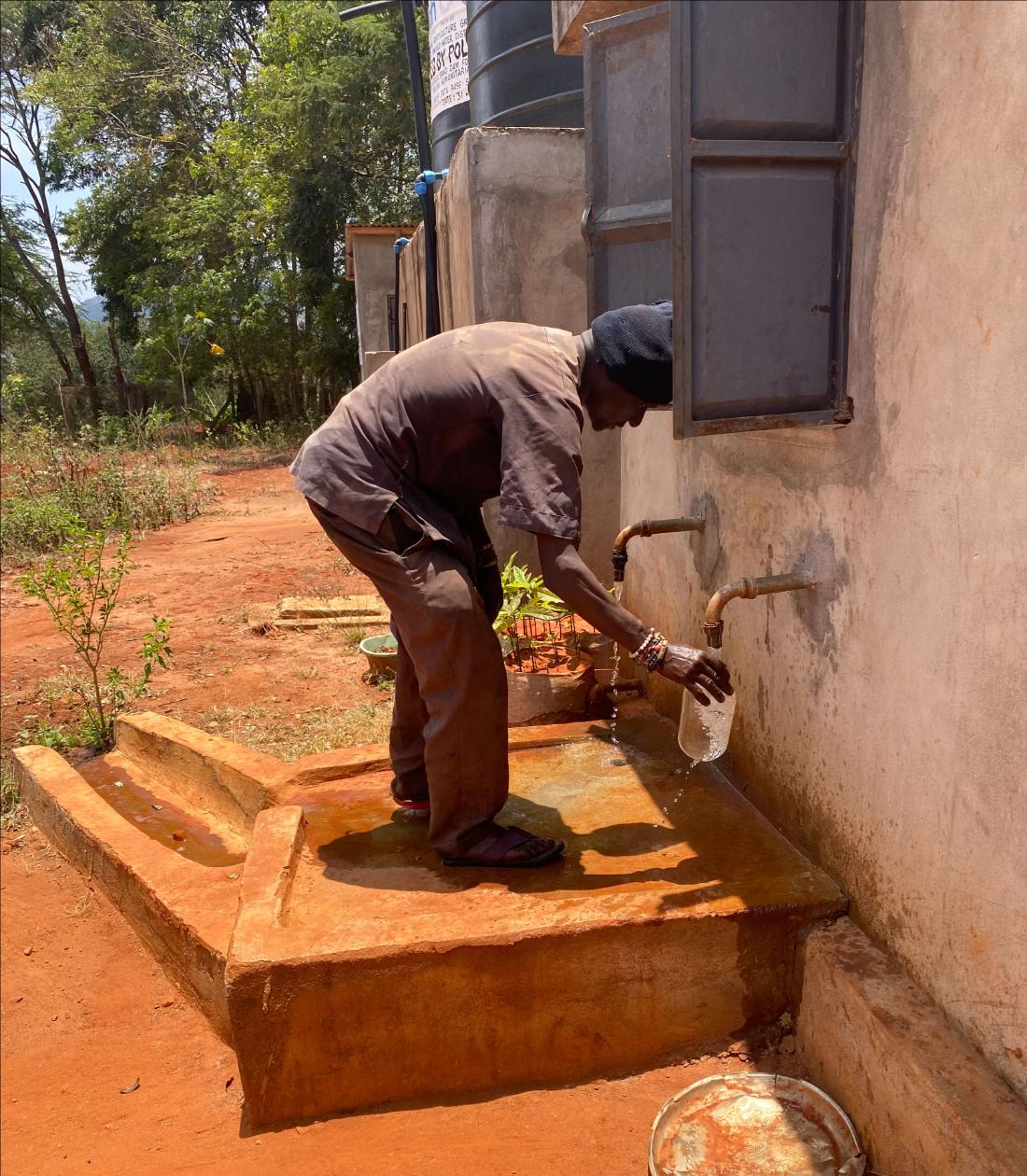When Paul launched the Shockwave Foundation in 2019, we noticed a gap. There were few resources on how to fund climate-resilient water and food security, and even fewer examples of what strong, on-the-ground work looked like.
From the beginning, we knew we wanted to do more than traditional grantmaking. To make a bigger impact, we had to help surface effective climate-resilient practices and give organizations the support to document and share them. In short: we wanted to create the kinds of resources we wish we had when we started.
That’s why we recently partnered with the Osprey Foundation and Aguaconsult to develop two new guidance briefs, one for implementers and one for funders, that strengthen climate resilience in water, sanitation, and hygiene (WASH) systems.
At World Water Week 2025, Aguaconsult launched the first of these: Strengthening the Climate-Resilient Water and Sanitation Systems: A Practical Guide for NGOs to Drive Impact, Collaboration, and Scalability
This resource is designed for NGO leaders and offers a flexible framework to help organizations assess, plan, and embed climate resilience into both operations and programming.
The companion brief for funders is coming later this year. Both resources draw from dozens of interviews with NGOs, funders, and academics, as well as a review of existing tools and guidance. Our goal is simple: support implementers in advancing long-term, climate-resilient WASH programming and provide funders with deeper insights on how to resource this work effectively.
We also knew case studies with real-world examples were missing from the field. To address this gap, we partnered with Water for People, whose team created case studies from Malawi, Uganda, and Peru. Each one highlights context-specific risks and adaptation strategies, with lessons others can adapt and scale. By showcasing both successes and challenges, the case studies demonstrate how thoughtful planning and innovative infrastructure can strengthen WASH systems even under extreme climate pressures.
We hope these resources spark new ideas, new collaborations, and new investments in climate resilience. And we’d love your help sharing them widely so others facing similar challenges can learn, adapt, and build stronger systems for the future.
